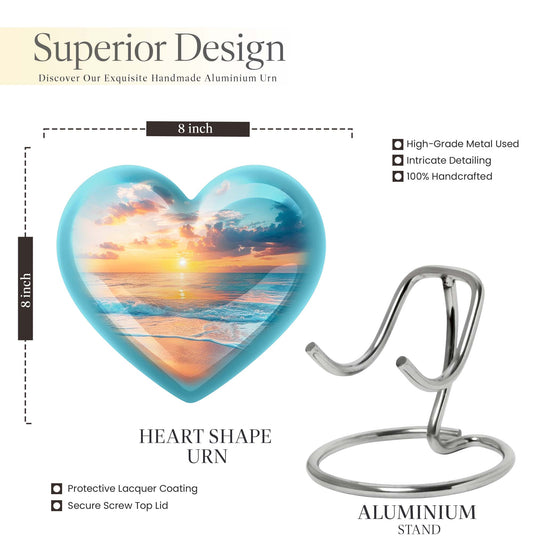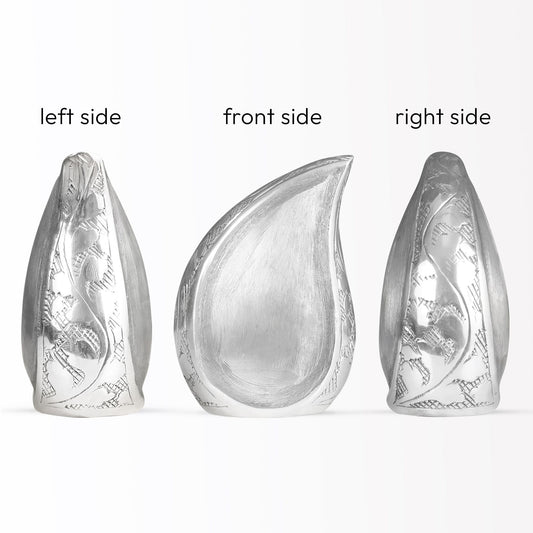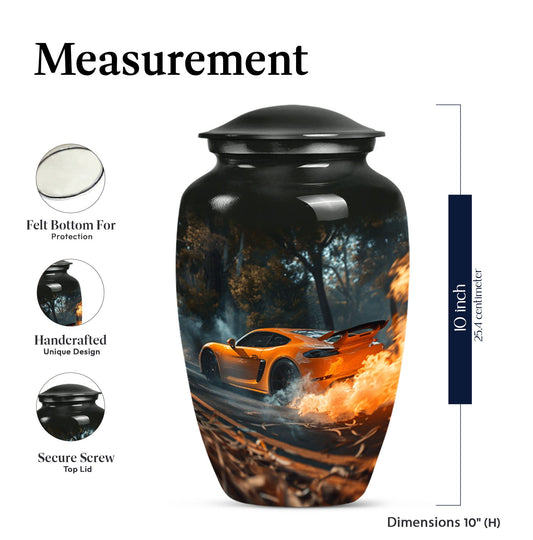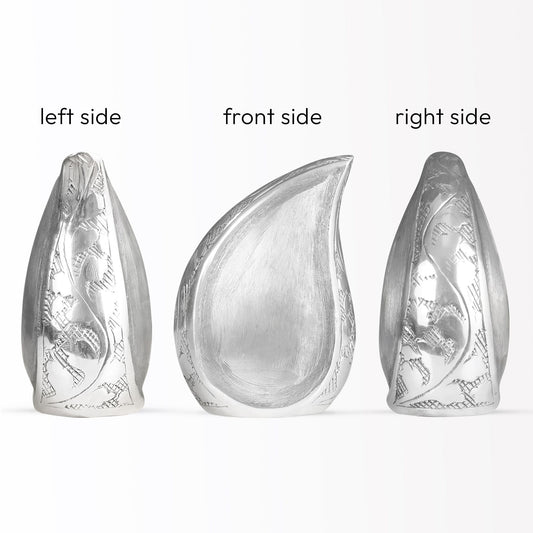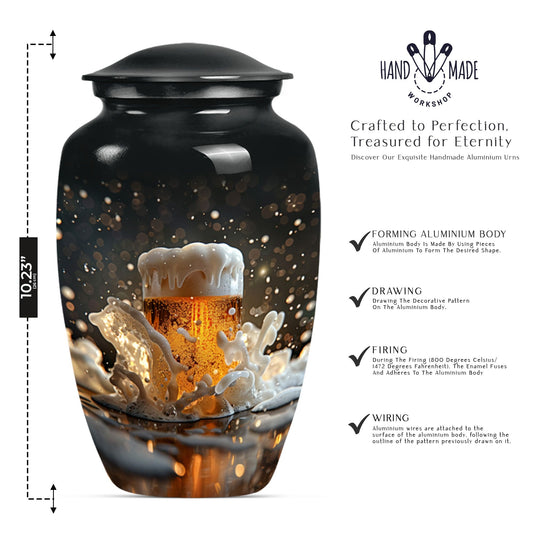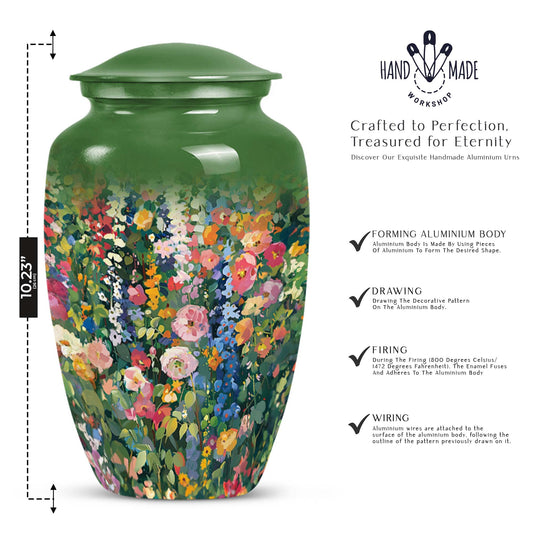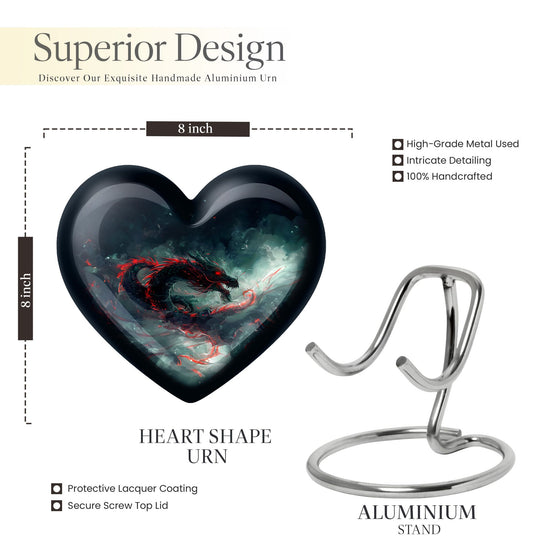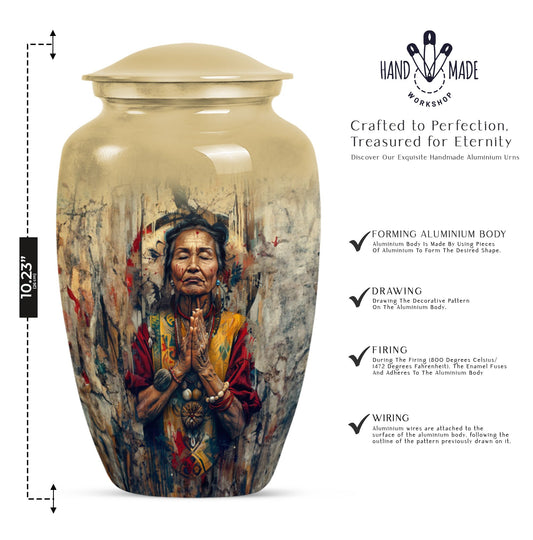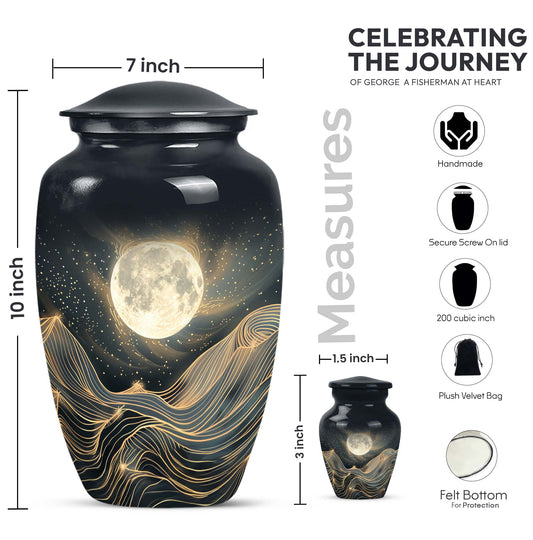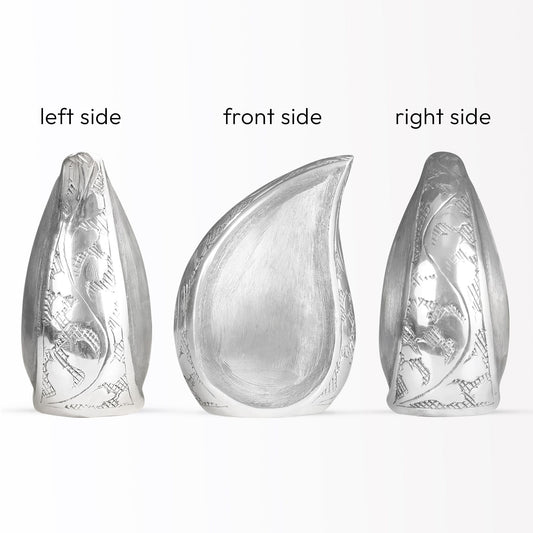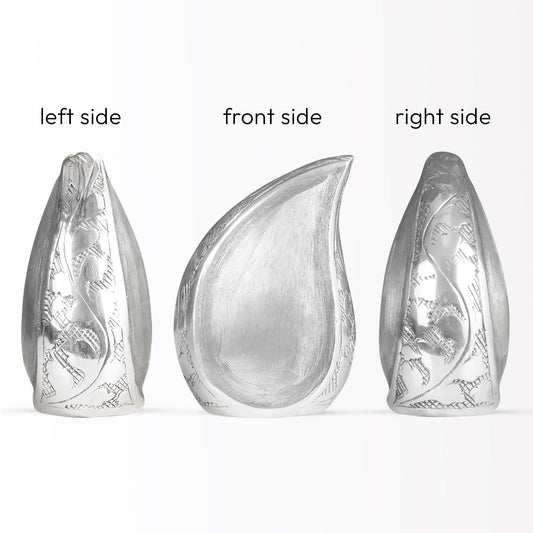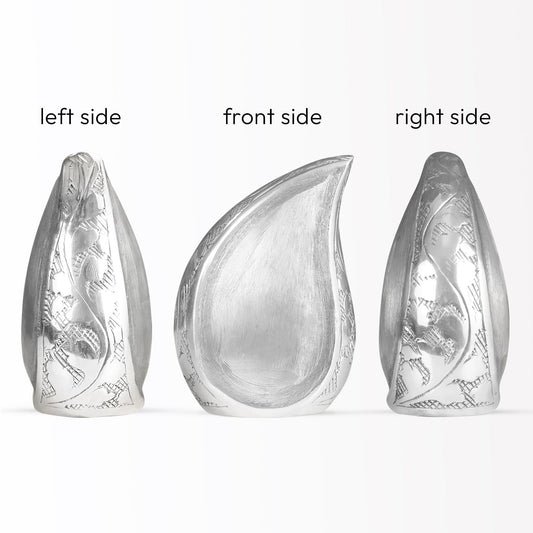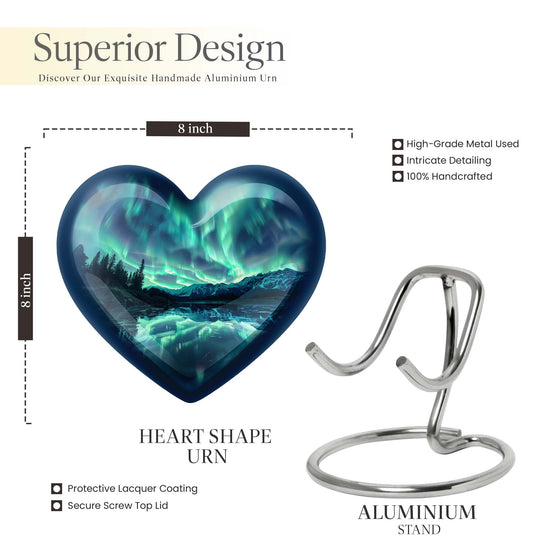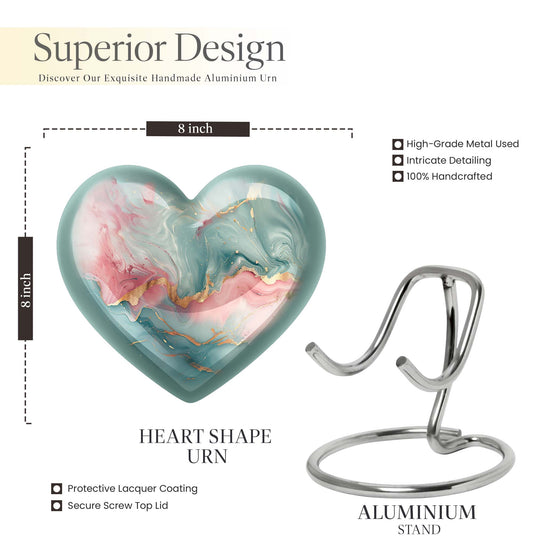Popular Urns
What Are The European Laws on Cremation and Burial Grounds?

European Laws and Guidelines on Cremation and Burial Grounds:
Legal provisions for cremation and burial grounds in Europe are a manifestation of the most complex interaction between history, culture, and religions. In fact, the principles governing the legal systems on that vast European continent are relatively fragmented and disparate but harmonistic, mainly concerning dignity, environmental sustainability, and health issues.
European Cremation Laws:

The acceptance of cremation has increased dramatically in Europe over the past century. Laws differ between countries, but most have enacted laws governing cremation. In the United Kingdom, the Cremation Act of 1902 formed the foundation for regulated cremation. Before cremation could be conducted, proper authorization and medical certification had to be received.
The Cremation (England and Wales) Regulations 2008 currently regulate procedures, demanding crematoria comply with strict environmental standards, particularly on emissions.
Countries like Germany have very detailed cremation laws. Under the German rules, cremation is supposed to be carried out in only licensed facilities. Those facilities are supposed to observe procedures in the identification of bodies and then pass the findings to a medical examiner for his approval. Furthermore, the principle of "Ruhezeit" or "resting time" is observed under the German laws; this makes human remains sacred through not exposing them without their burial or ash storage in an area like cemeteries.

Cremation is also very popular in Scandinavian countries like Sweden and Denmark. Since these countries are sensitive to the environment, they have the most advanced filtration systems for the emissions and encourage green urns to hold ash residues. Even the laws of these countries permit families to opt for memorial gardens or scattering of ashes in protected natural environments, which reflects some balance between tradition and current environmental concerns.
Rules of Ground Burials:
Europe shows grave interments within a range of land-use policies and cultural traditions. Grave interments in France can take place in either municipal or private cemeteries. The spacing and depth requirements of graves are particularly specified in order to prevent public health issues. In France, the remains can be exhumed and then reburied in ossuaries if they have not been utilized for a long time, leaving their sites available for other grave interments.
In contrast, the UK prefers private burials on family lands, under specific conditions, like environmental and planning laws. However, traditional churchyards and municipal cemeteries are the preferred grounds of burial, with the emphasis of laws being perpetual care and record-keeping.
The countries of Eastern Europe are more or less tied to religion in the burial practices. Burial grounds are usually controlled by religious organizations, and also the national laws are mostly reflective of these ties by governing rites and the sanctity associated with the burial grounds. Moreover, most of the countries in Eastern Europe require leases for the burial plots for periods of time, which can be renewed periodically to continue using the plot.
Laws over the cremation and burial of around Europe are becoming very environment, and ethically conscious as well. European Union had also given directives that would decrease the environmental effect of funerary activities, which are the utilization of the material of coffins, as well as emissions coming out of the cremation unit. The country that stands first in these new methods of burial includes alkaline hydrolysis and natural burial grounds, which is the Netherlands.
In conclusion, the diverse nature of the legal landscape within Europe regarding cremation and burial reflects the richness in its cultural heritage and ever-evolving societal values. Traditionally, the scope of law evolved towards the most eco-friendly innovations as in the treatment of dead bodies and understanding contemporary challenges in public health and environmental sustainability.










